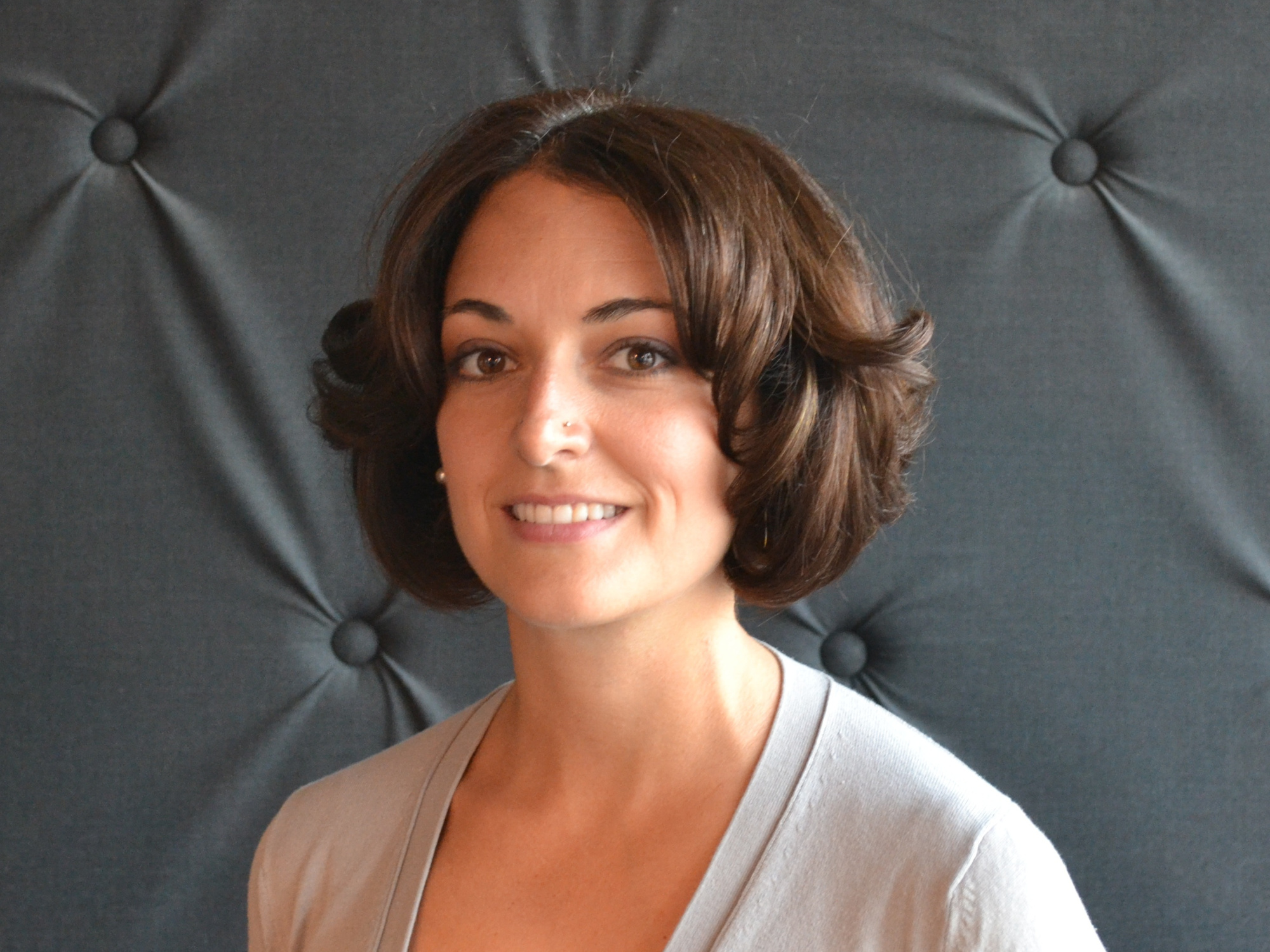
This article originates from Women In 3D Printing and is part of our effort to support the use of 3D printing technology by women. The article is re-published with permission.
I believe Elizabeth Rogers is one of those few people who truly follow their dreams of changing the world. Elizabeth is the founder of Kuunda 3D, an organization that aims to kickstart and support the 3D printing ecosystem in Tanzania and other developing countries through education and the distribution of products & services. The primary focus is on inspiring creativity and innovation at a young age by bringing 3D printing and modeling education to schools and offering out-of-school workshops.
Nora Toure: Elizabeth, could you let us know about your background and how you became involved with 3D printing?
Elizabeth Rogers: My background is quite varied and my career has grown organically. I studied biochemistry in university and then completed a Masters degree in Space Studies at the International Space University in Strasbourg, France. I have worked in high tech DNA sequencing and other scientific labs and in biotech. Living and working on the West Coast of Canada, I developed a strong passion for environmental sustainability and then pursued an MBA in order to better understand the business and financial components of sustainability. I’ve always been interested in cutting edge technologies (DNA sequencing, space science and now 3D printing) and how they can improve people and the environment.
I was first exposed to 3D printing at the Vancouver Hackspace when a friend of mine was involved in building one of the first Thing-O-Matic printers. I was fascinated by the technology but didn’t fully understand the potential impact until I later traveled in rural India and East Africa and realized how local production in these places could change lives. At that point I decided to dive in and learn as much as I could about 3D printing.
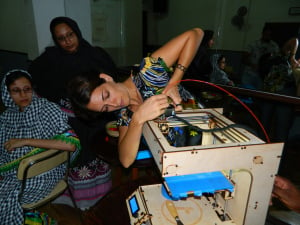
Nora Toure: Could you detail further more your first experience with 3D printing?
Elizabeth Rogers: My first exposure to 3D printing was the Thing-O-Matic at the Hackspace, but my first print and printer was the MakerBot Mini. I remember unpacking the box and plugging it in for the first time. I printed one of their sample prints – a space dog. My Grandmother was there and was giddy with excitement so I gave that first print to her. Now she tells all her friends about this fancy new 3D printing technology that creates something out of nothing!
Nora Toure: I believe you first visited Tanzania when hiking Mount Kilimanjaro [congrats on this one!]. You came back a few months later to launch your start-up, Kuunda 3D. How did you go from Mt Kilimanjaro to 3D printing?
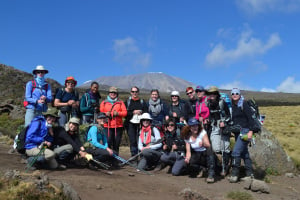
Elizabeth Rogers: I climbed Mt Kilimanjaro as part of the Rotterdam School of Management’s Women in Leadership course during my MBA program. The experience of climbing Kili with 16 inspirational women gave me more confidence to go out on my own and take the risk of starting a business in a new technology.
Visiting Tanzania that first time not only inspired me to become an entrepreneur, but it was actually the first step in the chain that led me back to the country to start a business. I stayed in touch with my porter and guides and later visited them in their village. There I saw firsthand how most Tanzanians live and could see how 3D printing could provide a remote village with tools and products that would otherwise be difficult to obtain.
Kuunda 3D’s tagline is to inspire creativity and innovation to children thanks to 3D printing. Can you tell us more about the company and how you are working with the kids?
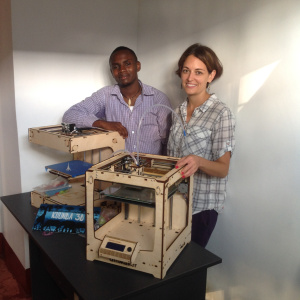
Kuunda 3D (‘kuunda’ means to assemble/make/create in Swahili) is working to develop and support the 3D printing ecosystem in Tanzania. We offer training and education programs, we sell 3D printers and filament, and we provide services such as 3D printing, modeling, technical support or advice on integrating 3D printing into curricula or business. Despite all these activities, our focus is on education and it is here that we aim to inspire creativity. We are taking 3D printing to schools in Dar es Salaam by hosting after-school courses that teach everything 3D. We also hold weekend workshops where kids, and anyone interested, can attend and really get hands-on experience modeling, slicing and running the printers themselves. We work closely with our supplier, Tinkerine, and use their educational projects, such as the Jet Racer, in our teaching to combine 3D printing with electronics. We essentially want to inspire kids and adolescents to think differently about how they view the items and community around them, and help them realize that they have the power to create great things.
Nora Toure: How is the tech ecosystem in Tanzania in particular and in East Africa more generally?
Elizabeth Rogers: The tech ecosystem in Tanzania is moving forward, although in general it lags behind Kenya; Nairobi has been called the Silicon Valley of Africa. Adoption of technology here, and subsequent innovation, has really been driven by people wanting to connect on Facebook and Whatsapp. As more and more people get smartphones and as internet access gets cheaper, we expect more great leaps here. Take M-Pesa, for example, this was developed in Kenya and is now used for mobile money transfer by millions of East Africans who do not necessarily have bank accounts. This innovation is now being rolled out in other countries. I think 3D printing can inspire a similar leap.
Nora Toure: What do you think of the 3D printing industry today? And how you like to see it evolve in the future?
Elizabeth Rogers: Although the 3D printing industry has been around for decades, it is only now just making it into the mainstream. Companies, organizations and individuals are still figuring out how this innovative technology will change the world, and business models are still being tested. I see the industry as very fluid, but also extremely collaborative and open. I’ve had amazing help from 3D printing ‘experts’ around the world, and I really hope that this atmosphere remains strong. I love the focus on education and I really hope that students all over the world have a chance to work with and become inspired by 3D technology.
Nora Toure: In your opinion, how could we encourage more women to become involved with 3D printing & tech everywhere in the world and in particular in Africa?
Elizabeth Rogers: I believe this starts with education and empowerment. We need to educate and train girls at a young age, so that they are comfortable and confident in using technologies such as 3D printing. I was lucky to grow up in a very tech-savvy household and I attended an all-girls school where technology was always available to play with and I did not have any competition or worries about boys and technology – for me it was completely natural to be into technology and science. So I believe education is key.

In Africa, this is also true. We can host training classes just for girls, or train women in cooperatives or economic groups that already exist. I believe we need to adapt our education content and channels to these women – we need to take printers to them and demonstrate the relevance of the technology to their lives. Many women here do not have the luxury of time to explore technology, but if they see a real relevance to their lives, they will not hesitate to learn and participate.
You can follow Beth and her company, Kuunda 3D on Facebook, Twitter, and through their blog of course!
And don’t forget to join the Women in 3D Printing group on LinkedIn and Facebook!
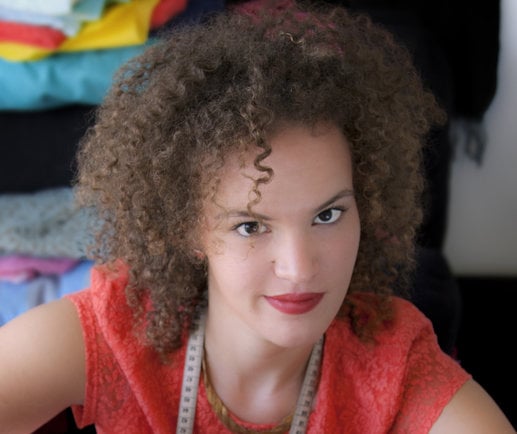
California-based Nora Toure is the woman behind “Women in 3D Printing”, a group dedicated to promoting and showcasing the use of 3D printing for women. She’s also a Sales Manager at 3D print -on-demand service Sculpteo.

